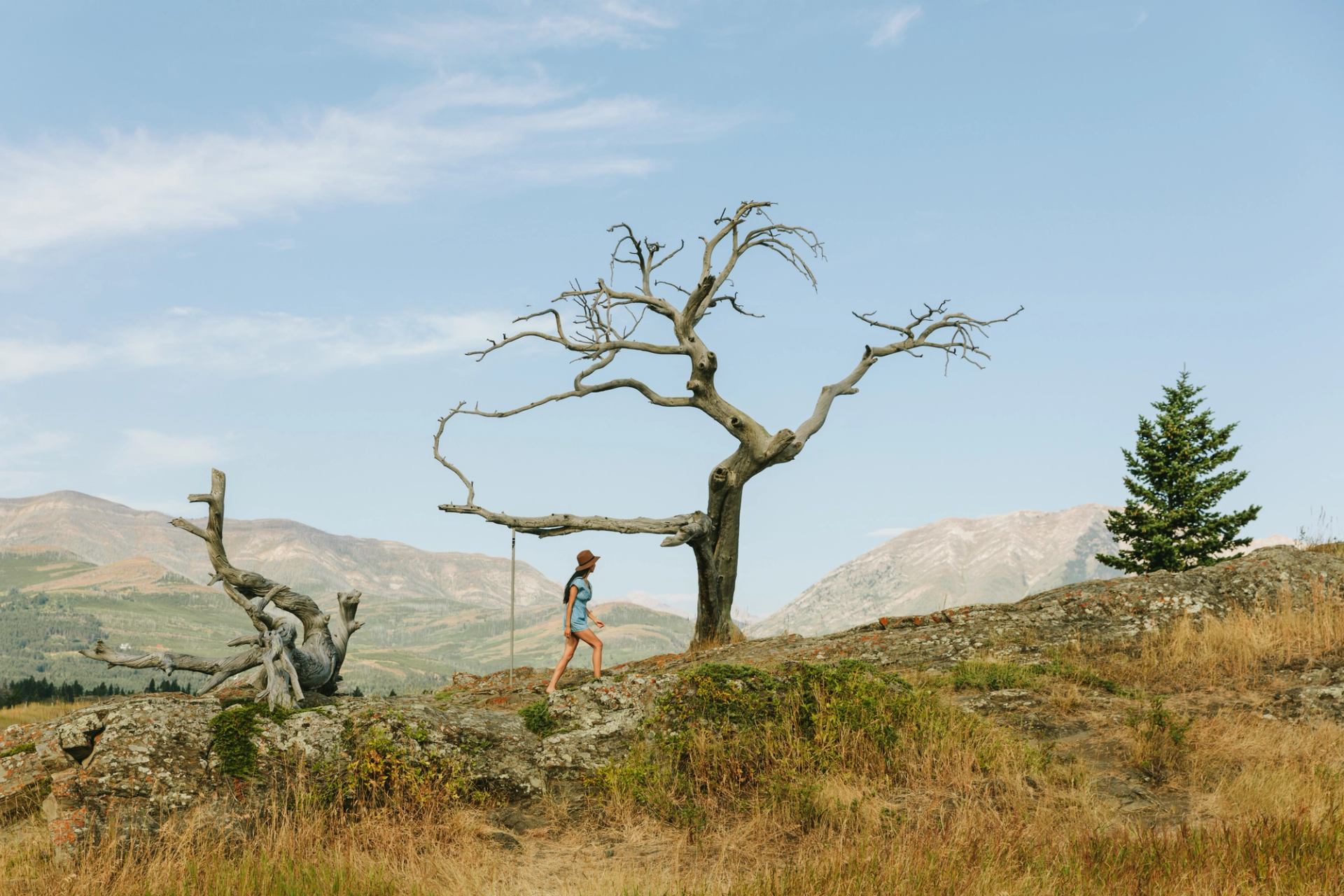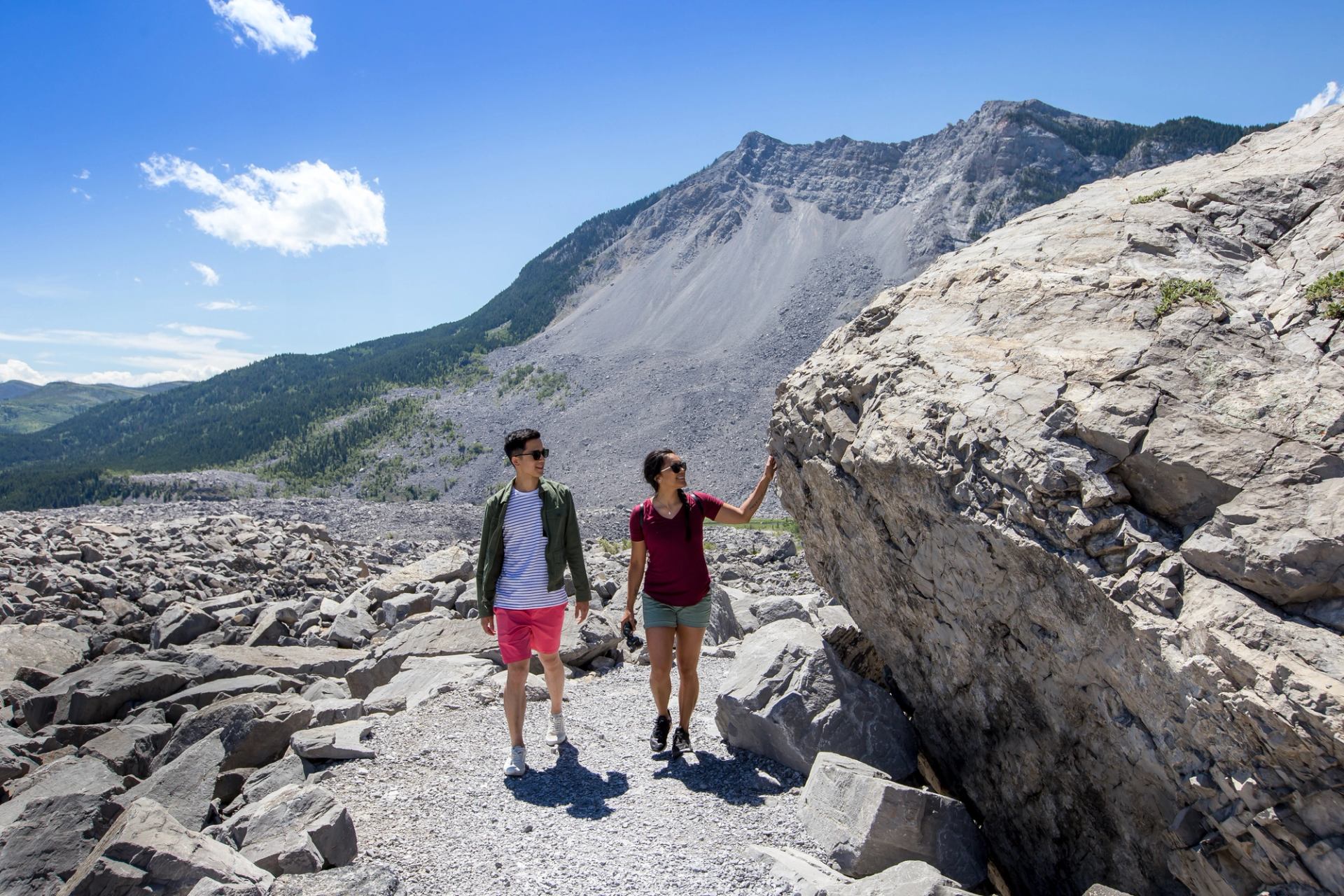Hillcrest Mine disaster
This area is known for another infamous catastrophe. The Hillcrest mine disaster, considered the worst of its kind in Canadian history, occurred nine years after the Frank Slide. On June 19, 1914, an explosion tore through the Hillcrest mine and burst through its entry points. There were 237 men on shift that day and only 48 were rescued.
The explosion greatly impacted the town of Hillcrest, which only had a population of 1,000 people in 1914. It also devastated the mine's workforce and the workers' families. Word of the disaster spread across Canada, and condolences were even sent from King George V. The mine was officially closed on December 2, 1939.
The Hillcrest mine disaster joins a list of eight other deadly coal mine explosions in the area: Coal Creek (1902, 1917), Michel (1904, 1916 and 1938), Bellevue (1910) and Coleman (1907 and 1926).
The Hillcrest Mine Disaster Cemetery and Memorial, located at the north end of the Hillcrest community, is open to the public. It includes an interpretive walk and the Hillcrest Mine Disaster Millennium Memorial that was built in 2000. The memorial features a central monolith surrounded by monuments cut from stone that originates from each Canadian province and territory.
Rumrunning
Alberta was once a dry province. The hammer came down on the province's alcohol consumption in 1916 and ushered in a prohibition that lasted until 1923. Of course, those who opposed prohibition found ways to drink and sell alcohol anyways. Black-market alcohol began trickling into the Crownest Pass at a steady pace thanks to “rumrunners.” These people brought illegal alcohol into the community—largely to satisfy the thirst of hard-working miners. Rumrunning was a competitive and dangerous business and tangles with the law were all-too common.
A cast of characters from the Pass's rum-running days reads like the plot of a gangster movie. Emilio Picarriello was known as the “Bottle King of The Pass.” His most famous accomplice was Filumena Costanzo Lassandro, who at the age of 15 married a local businessman, Charles Lassandro, also part of Picarriello's gang. With the help of Picariello's crew, Filumena and Charles smuggled plenty of alcohol into the Crowsnest Pass.
On a fateful night, Filumena helped Picarriello carry out the murder of Stephen Lawson, an Alberta Provincial Police Officer and prohibition enforcer. The two were eventually tried and put to death. Filumena's story lives on through a namesake opera and even a film that premiered in 2003. Be sure to stop by the Crowsnest Museum and Archives to take a deep dive into the area's history.
You'll then be ready for a bite to eat. Visit the family-friendly Rumrunner restaurant in Coleman to sample prohibition-themed burgers or The Pass Beer Co. for locally crafted brews and pizza and wings.







